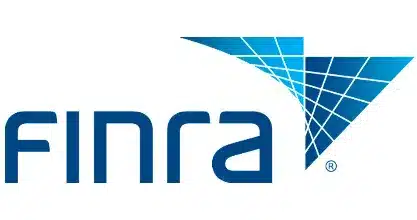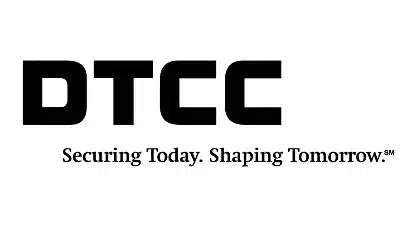Is This Your Firm?
Investment management firms often face challenges when integrating new FinTech solutions with existing systems, leading to potential operational and data flow disruptions.
How Can We Help?
Cognivo combines industry expertise and technological knowledge to guide your firm, from assessing needs to integrating innovative financial technology. We work closely with stakeholders to tailor strategies that align technology with your firm’s goals, ensuring operational enhancement and compliance.
Our Technology Implementation Cycle
Through years of financial technology implementation, we have developed numerous proprietary tools as well as our bespoke process. The stages can vary based on the specific project and organization, but generally include:
01. Discovery and Assessment:
- Identify Business Needs: Define the objectives and specific needs that the technology solution aims to address.
- Gather Requirements: Collect detailed requirements from various stakeholders to guide the implementation process.
- Assess Current State: Evaluate the existing technology infrastructure, systems, and processes to determine the readiness for implementation.
02. Solution Selection and Vendor Evaluation:
- Research and Analysis: Explore available technology solutions in the market that align with your requirements.
- Vendor Evaluation: Evaluate potential vendors or partners based on factors like functionality, reputation, scalability, and compatibility with your organization.
03. Planning and Strategy:
- Project Planning: Develop a detailed project plan outlining timelines, milestones, roles and responsibilities, and required resources.
- Strategy Development: Create a comprehensive strategy that outlines how the technology solution aligns with your organization’s goals and fits into your overall technology roadmap.
04. Customization and Development:
- Solution Customization: Customize the selected technology solution to match your organization’s specific needs, workflows, and branding.
- Development and Integration: Develop any necessary integrations, APIs, and data connections to ensure seamless interoperability with existing systems.
05. Testing and Quality Assurance:
- Unit Testing: Test individual components and functionalities of the technology solution to ensure they work as expected.
- Integration Testing: Test the solution’s interaction with other systems to ensure proper data flow and functionality.
- Quality Assurance: Conduct comprehensive testing to identify and address bugs, errors, and usability issues.
06. Training and Change Management:
- User Training: Train employees who will be using the technology solution on its features, functionalities, and best practices.
- Change Management: Prepare the organization for the changes that the new technology will bring, ensuring smooth adoption and minimizing resistance.
07. Deployment and Go-Live:
- Implementation: Deploy the technology solution in a controlled manner, often in stages or pilot phases.
- Monitoring: Monitor the system closely during the initial stages to ensure proper functionality and address any issues that arise.
08. Transition to Production:
- Full Rollout: Expand the implementation to all relevant users and departments.
- Performance Optimization: Fine-tune the system for optimal performance and scalability.
09. Support and Maintenance:
- User Support: Provide ongoing support to users, addressing questions, issues, and providing assistance as needed.
- Maintenance: Continuously update and maintain the technology solution to address bugs, security vulnerabilities, and to incorporate enhancements.
10. Evaluation and Continuous Improvement:
- Performance Evaluation: Assess the impact of the technology solution on key metrics and business objectives.
- Feedback Gathering: Collect feedback from users to identify areas for improvement and gather insights for future enhancements.
- Scalability Planning: Plan for how the technology solution can accommodate growth in data volume, users, and transactions.
- Expansion: Implement the solution in new business areas or scale up its usage as needed.
11. Scaling and Growth:
- Scalability Planning: Plan for how the technology solution can accommodate growth in data volume, users, and transactions.
- Expansion: Implement the solution in new business areas or scale up its usage as needed.
12. End-of-Life or Upgrade Planning:
Planning for the eventual replacement or upgrade of the technology solution as technology evolves or business needs change.
These stages provide a framework for the lifecycle of technology implementation, ensuring that the solution is well-planned, effectively integrated, and continuously improved to drive positive outcomes for the organization.
Industry Partners We Work With










